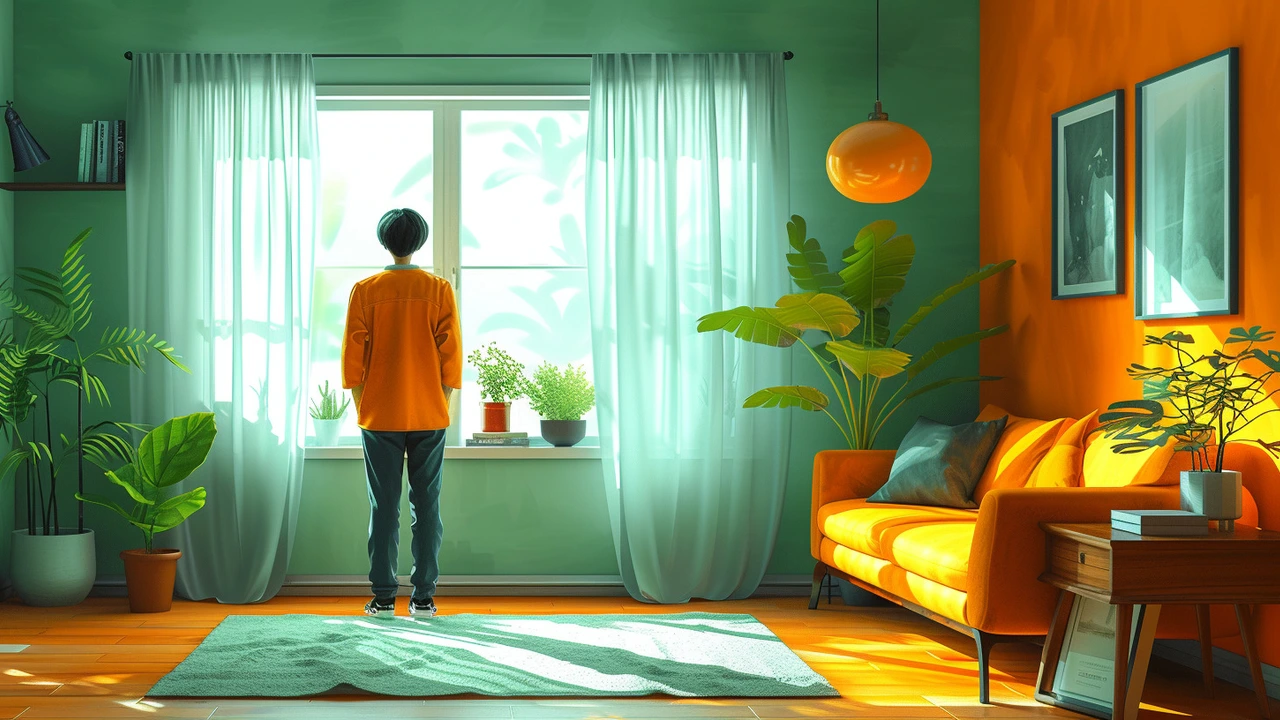Mid-Century Modern design: How to Spot It and Use It Today
Want a home that feels fresh but lived-in? Mid-Century Modern nails that balance. It grew after World War II, mixing clean lines, organic shapes, and honest materials like teak, walnut, and molded plastic. The style favors function over fuss: furniture is purposeful, layouts are open, and ornament is minimal. If you shop for pieces, look for tapered legs, simple curves, and warm wood tones.
Color matters but don’t overdo it. Think mustard yellow, olive green, burnt orange, and muted turquoise paired with lots of white or gray. Use color on one wall, a sofa, or accent chairs to avoid overwhelm. Metal accents in brass or matte black add contrast without stealing the show.
Lighting changes everything. Go for simple pendant lights, arc lamps, or globe fixtures. Lamps with thin stems and round shades echo the era. Aim for layered light: ambient ceiling light, task lamps near seating, and a small floor lamp for mood.
Mix original pieces with affordable reproductions. A genuine Eames chair is great, but you can pair a budget copy with a real teak sideboard and still get the look. Keep scales balanced: large sofas need simple coffee tables; small chairs work with slim side tables. Rugs tie zones together—choose geometric or low-pile patterns.
Storage should be hidden but stylish. Low-profile credenzas and wall-mounted cabinets save floor space and keep lines clean. Look for pieces with sliding doors or simple hardware. Open shelving works if you curate books and objects sparingly.
Textures prevent the room from feeling cold. Wool throws, leather seats, and a boucle chair add touchable warmth. Combine natural fibers with smooth surfaces like glass or lacquered wood to create contrast.
Don’t copy a museum. Your home should reflect how you live. Keep one or two statement pieces and fill the rest with practical items you use every day. That mix keeps spaces comfortable and real.
Where to find pieces
Thrift stores, estate sales, and local auctions can yield real finds. Online marketplaces list both originals and quality reproductions—check measurements and return policies. Mid-century stores and local woodworkers often repair or recreate pieces to fit your space.
Quick checklist
Buy pieces with clean lines, warm wood, and tapered legs. Limit bold colors to one or two accents. Layer lighting and add a rug to define areas. Mix a splurge item with several affordable pieces.
Plants and art finish the room. A tall ficus or a few potted succulents bring life without clutter. Choose artwork that uses simple shapes or mid-century prints for cohesion. When mixing styles, let one era dominate and pull small elements from others—this prevents a confused look. Finally, measure twice before buying; scale mistakes ruin the best designs.
On a budget, refinish wood, swap cushions, and reupholster chairs. Small updates like new knobs, fresh paint, or modern lamp shades make a big difference. If you see a piece with good bones, invest in repair rather than replacing it.
Start small today.

Mid-Century Modern: The Design Trend that Never Fades
Welcome to my latest post on design trends. Today, we're taking a nostalgic trip down memory lane to explore the enduring charm of Mid-Century Modern design. It's amazing how this minimalist yet chic interior design style has kept its relevance over the decades. Join me as we dive into the origins of this trend, its defining characteristics, and why it continues to captivate the hearts of design enthusiasts everywhere. Bring your love for aesthetic and historical design trends as we journey in the world of Mid-Century Modern.
Read more